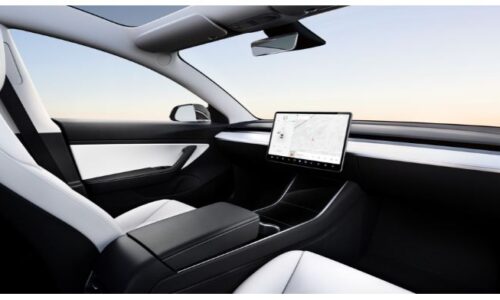Smart Grid Technology: New Renewable Energy Source
- September 29, 2021
- BLOG
- 0 Comments
In April 2019, the quantity of power generated from renewable sources such as hydropower wind and solar for the initial time surpassed the whole energy churned out by coal-powered plants, according to the Electric Power Monthly. It was a milestone event, although renewable’s dominance was expected to be momentary once cyclic adjustments such as the boost in hydropower dip. Renewable energy, whether produced by regional utilities or self-contained enterprises, is thriving, and Internet of Things infrastructure and related technologies can claim a considerable amount of credit for its rise. Internet of Things enables efficient organization of these volatile and is extensively dispersed electricity-producing sources with help of smart grid technology.
The New Electric Paradigm: Smart Grids
This new paradigm is Smart Grids, which must make it possible to manage a relevant number of different electrical resources while guaranteeing system stability with the least investment. It takes care of the stability of the electricity by supplying a stable voltage, which is what makes appliances and machinery work properly. As a result, a compilation of fresh equipment is required alongside latest operation strategies as well as new agents who can forecast changes in the electrical system. The major benefits of the technology are listed below.
- Building rural network: Smart Grid technologies contribute to supporting and updating the aged infrastructure, especially in rural networks.
- Protection Against Outrages: Smart Grid technologies reinforce the system against outages, blackouts, and surges, especially in rural networks.
- Optimum Efficiency: The highly developed control and organization make resourceful and most advantageous operation possible.
- Sustainable Use of Energy: Smart meters technologies present the prospect to motivate customers toward a rational and sustainable use of energy, thus altering their utilization habits.
- Use in Electric Vehicles: These technologies facilitate the use of electric vehicles in societies and provide them new roles and capacities, such as those that arise from the vehicle-to-grid strategy. In this context, they smooth the progress of the deployment of storage by DSOs and end-users.
Growth Over the Years
Research on the smart grids has been seen extremely amplified in very last decade. This is the reason smart grid technology has been transferred from virtual reality and notion to implementation phase. In last ten years 26,668 different research articles have been published on smart grids which show a keen interest of researchers in this field. The figure below shows the demand and year wise publication of data about smart grid technology.
Transition to a Green Economy
The overall objective of grids is to enhance the efficiency, reliability, and sustainability of devices running on electricity. In this regard, these are the following reasons in which smart grid technology is truly the best option we must promote renewable energy.
- On-Demand Electricity & Reducing Consumption: The most important advantage of smart grids is that it enables the monitoring of energy utilization at any time at any energy meter. So, the end-users are aware of their real consumption.
- Energy Sustainability: Energy sustainability has become a global problem. While renewable energy is the key aspect of going green, it has some logistical problems of its own. For instance, it is nearly impractical to utilize of renewable energy through outdated, traditional, and aged grid systems.
- Distributing Smart Data: In the simplest words, employing smart grids to supply energy is the key step to shift towards digital energy distribution. Optimized, real-time, and smart grid devices provide adequate information to address power quality issues on time.
- Reduction of Carbon Emissions: All the above-mentioned ways smart grids are pushing renewable energy leads to reducing energy consumption resulting in the reduction of C02 emission. Thus, smart grid technology promotes a sustainable future. When utilities get more control over the grids, the deployment of renewable energy becomes easier.
Becoming an Indispensable Part of Sustainability
Development in technology, urbanization, and source of revenue standards and has enhanced the demand of energy requirement. This has made electrical energy utilization rises to levels that may no longer be controllable if left unattended. About 75-80% of total energy consumption is consumed in cities which are accountable for 80% greenhouse gas emission. Smart Grid technology has a way for a resolution for generation of electric power and a resourceful way for spread and distribution of this power. Due to its flexibility, it can be more easily installed and requires less space as compared to traditional grids. Concept of Smart Grid design is aimed for grid observability, create controllability of assets, and enhance performance and security of power system and specially the economic aspects of operations, maintenance, and planning.

